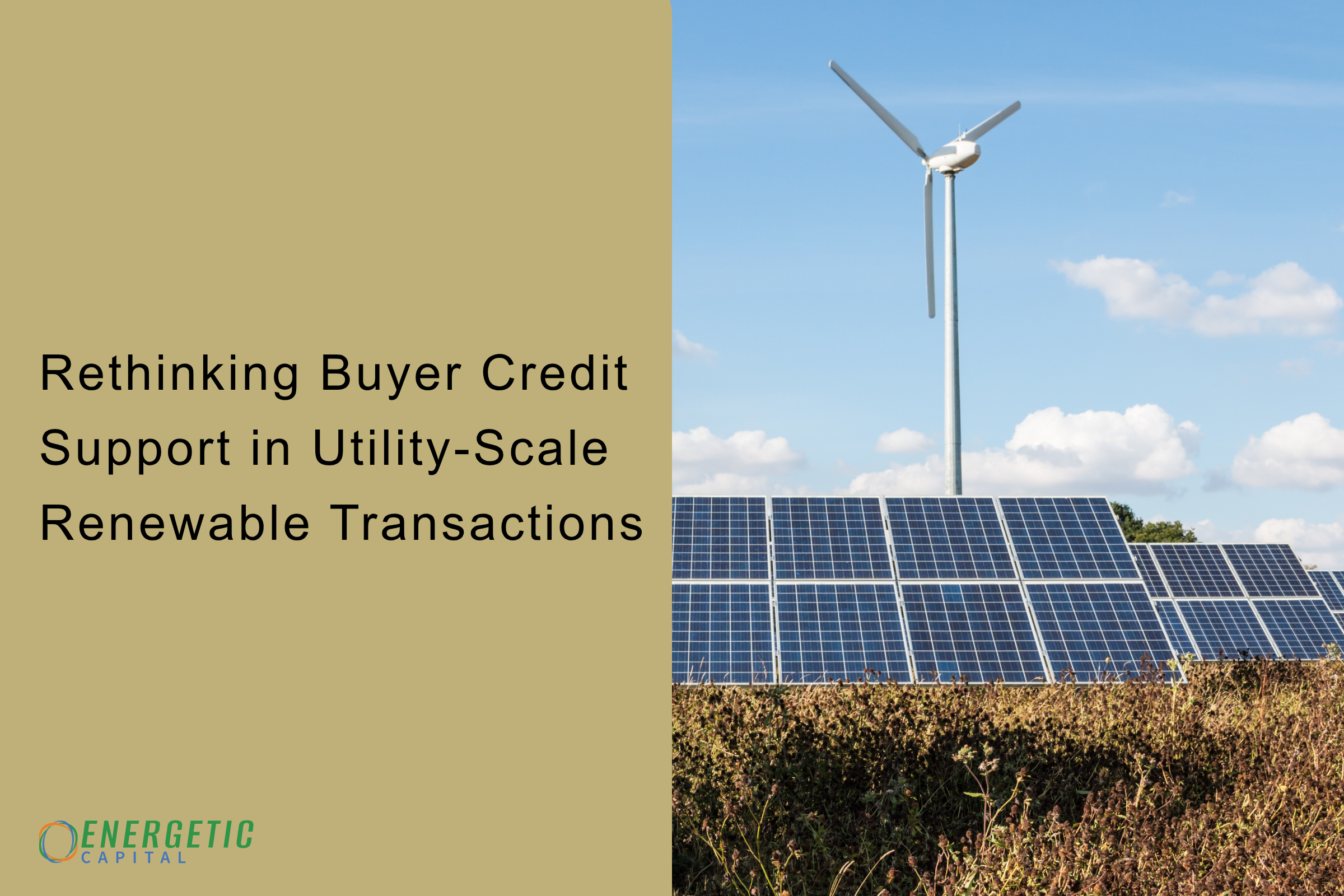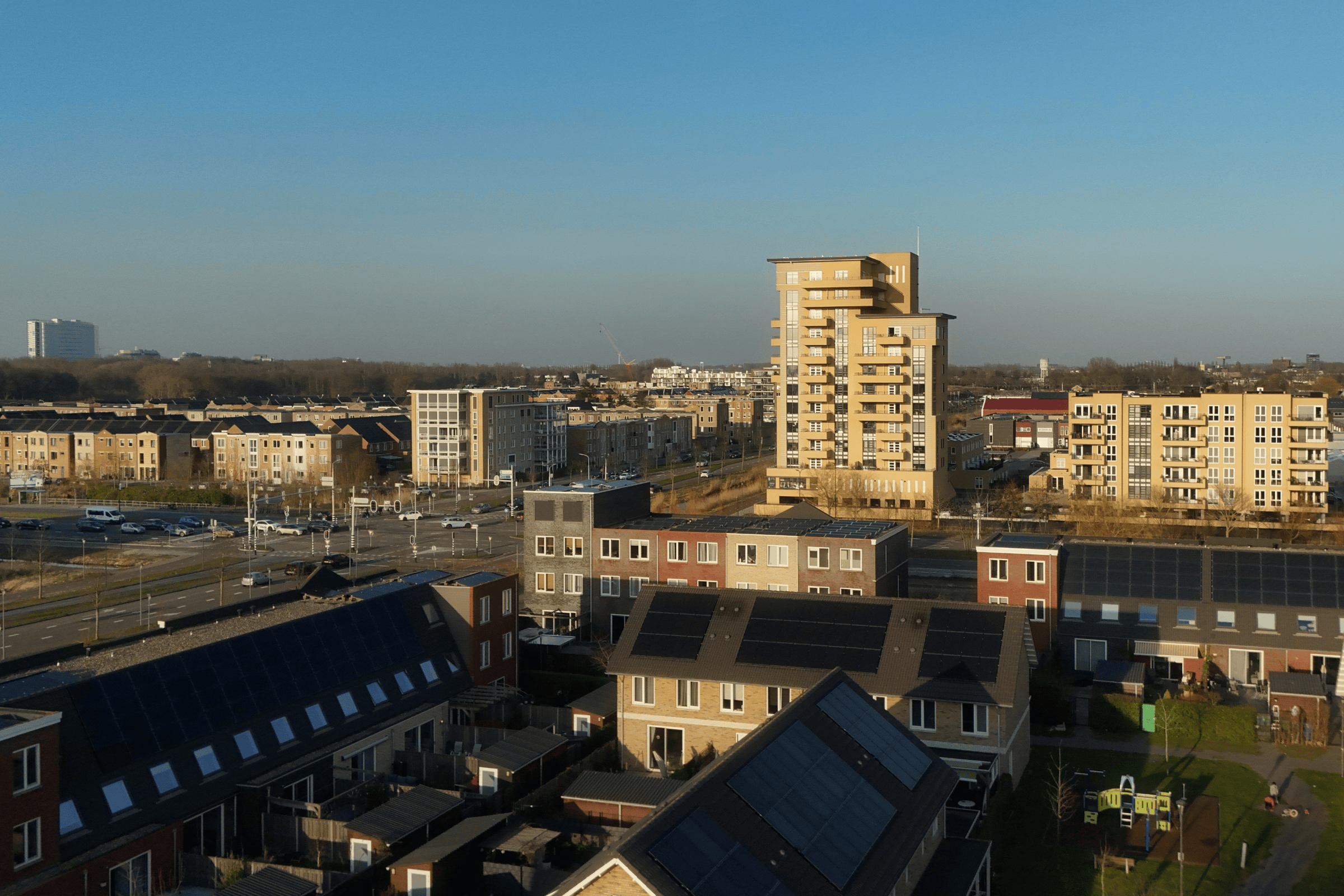USDA Pulls Back on Renewable Guarantees
In August 2025, the USDA announced sweeping changes to its renewable-energy programs, a move that alters how solar projects in rural and agricultural markets will be financed. Secretary Brooke Rollins declared that USDA would “no longer deploy programs to fund solar or wind projects on productive farmland,” citing concerns over taxpayer subsidies and land use (pv-magazine-usa).
Under the new policy:
- Solar and wind projects are now ineligible under the USDA Business & Industry (B&I) Guaranteed Loan Program (usda.gov).
- Ground-mounted solar systems larger than 50 kW, orthose without documented historical energy usage, lose access to REAP guarantees or priority grants (solarpowerworldonline).
- Certain foreign-manufactured panels are disqualified from USDA-supported projects (usda.gov).
By pulling back guarantees that worked, USDA has left lenders, developers, and more importantly rural communities with fewer options; jeopardizing projects that lower operating costs, build resilience, and expand opportunity.
How Energetic Capital Steps Into the Gap
The shift in USDA policy does not mean rural solar finance must come to a standstill. At Energetic Capital, we’ve been in this space for years, and our product is designed to step in where USDA is stepping back.
Inspired by proven frameworks: Our underwriting and risk-mitigation structure draws on programs like REAP, but adapts them for private markets. Over the last eight years, we’ve supported more than 1,500renewable infrastructure projects - many in agricultural and rural communities.
Backed by strength: Our product rests on aninvestment-grade balance sheet, giving lenders and syndication/participationpartners the confidence to move forward.
Focused on resilience: We’re already talking withformer REAP lenders and developers to ensure rural pipelines stay alive, evenin the face of shifting federal support.
Protect Your Pipeline
If you’re a developer, lender, or agricultural stakeholder whose pipeline depended on USDA guarantees, now is the time to explore alternatives. Let’s talk about preserving your deal pipeline that keeps capital flowing into the rural communities that need it most.
REAP may have been curtailed, but resilient infrastructure for rural America doesn’t have to be.
Filling the Gap Left by USDA: Financing Solar Beyond REAP

USDA Pulls Back on Renewable Guarantees
In August 2025, the USDA announced sweeping changes to its renewable-energy programs, a move that alters how solar projects in rural and agricultural markets will be financed. Secretary Brooke Rollins declared that USDA would “no longer deploy programs to fund solar or wind projects on productive farmland,” citing concerns over taxpayer subsidies and land use (pv-magazine-usa).
Under the new policy:
- Solar and wind projects are now ineligible under the USDA Business & Industry (B&I) Guaranteed Loan Program (usda.gov).
- Ground-mounted solar systems larger than 50 kW, orthose without documented historical energy usage, lose access to REAP guarantees or priority grants (solarpowerworldonline).
- Certain foreign-manufactured panels are disqualified from USDA-supported projects (usda.gov).
By pulling back guarantees that worked, USDA has left lenders, developers, and more importantly rural communities with fewer options; jeopardizing projects that lower operating costs, build resilience, and expand opportunity.
How Energetic Capital Steps Into the Gap
The shift in USDA policy does not mean rural solar finance must come to a standstill. At Energetic Capital, we’ve been in this space for years, and our product is designed to step in where USDA is stepping back.
Inspired by proven frameworks: Our underwriting and risk-mitigation structure draws on programs like REAP, but adapts them for private markets. Over the last eight years, we’ve supported more than 1,500renewable infrastructure projects - many in agricultural and rural communities.
Backed by strength: Our product rests on aninvestment-grade balance sheet, giving lenders and syndication/participationpartners the confidence to move forward.
Focused on resilience: We’re already talking withformer REAP lenders and developers to ensure rural pipelines stay alive, evenin the face of shifting federal support.
Protect Your Pipeline
If you’re a developer, lender, or agricultural stakeholder whose pipeline depended on USDA guarantees, now is the time to explore alternatives. Let’s talk about preserving your deal pipeline that keeps capital flowing into the rural communities that need it most.
REAP may have been curtailed, but resilient infrastructure for rural America doesn’t have to be.



